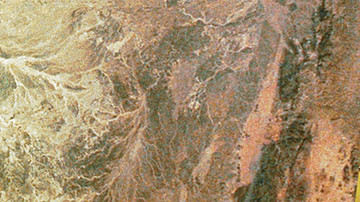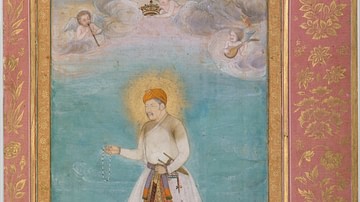Illustration
From Ashkelon, 16th century BCE, pottery and silver-plated bronze. The statuette of a calf was found inside the small model shrine, discovered in a temple in Ashkelon. The horned calf is meant to symbolize the young and energetic storm god. Located and photographed in the Israel Museum, Jerusalem.
About the Author
Cite This Work
APA Style
Murray, D. (2015, February 05). Ashkelon Calf and Its Shrine. World History Encyclopedia. Retrieved from https://www.worldhistory.org/image/3628/ashkelon-calf-and-its-shrine/
Chicago Style
Murray, Dana. "Ashkelon Calf and Its Shrine." World History Encyclopedia. Last modified February 05, 2015. https://www.worldhistory.org/image/3628/ashkelon-calf-and-its-shrine/.
MLA Style
Murray, Dana. "Ashkelon Calf and Its Shrine." World History Encyclopedia. World History Encyclopedia, 05 Feb 2015, https://www.worldhistory.org/image/3628/ashkelon-calf-and-its-shrine/. Web. 26 Apr 2025.








